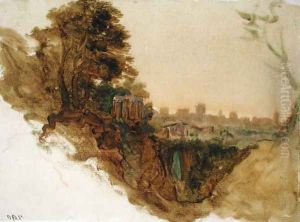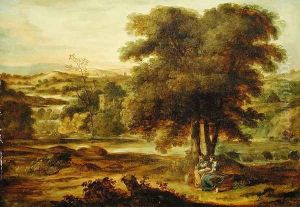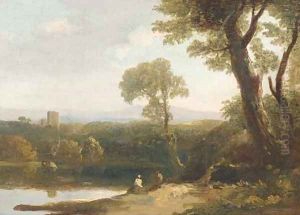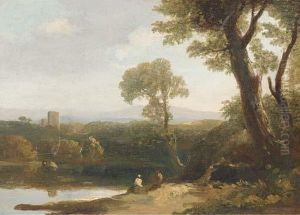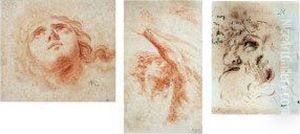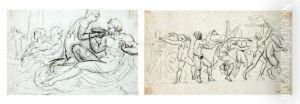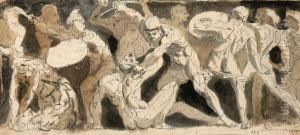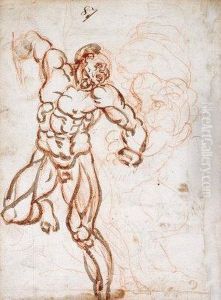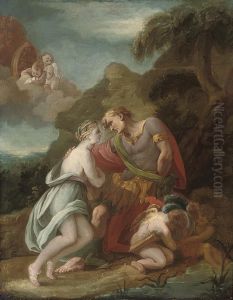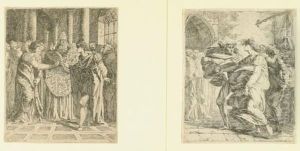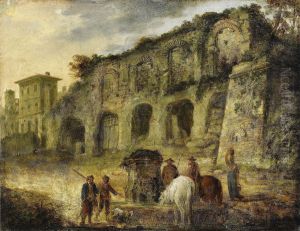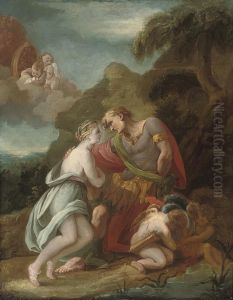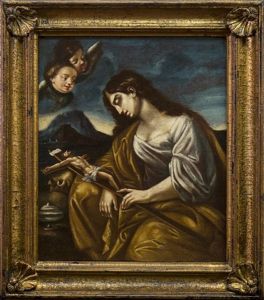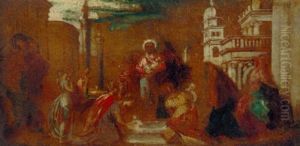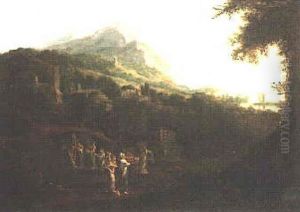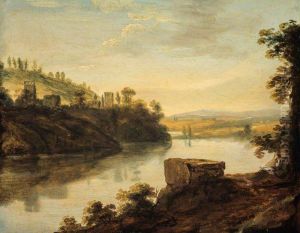Alexander Runciman Paintings
Alexander Runciman was a Scottish painter of historical and mythological subjects. He was born in Edinburgh in 1736 to a family of architects and builders. His brother, John Runciman, was also a talented painter, and together they developed their artistic skills. Alexander's early work was influenced by the Italian masters, as he spent time in Rome studying the great works of the Renaissance and Baroque periods.
During his time in Italy from 1760 to 1767, Runciman was particularly influenced by the dramatic compositions and the use of light and shadow in the work of artists like Tintoretto. He developed a distinctive style that combined the grandeur of Italian painting with a unique Scottish sensibility. Upon his return to Scotland, Runciman became a leading figure in the Edinburgh art scene and was appointed the master of the Trustees' Academy, an important art institution in the city.
Runciman is best known for his large-scale historical and mythological paintings which often featured heroic or dramatic scenes. One of his most significant works is the series of paintings for the hall of Penicuik House, which included 'The Ascension of Elijah' and 'The Death of Lucretia'. These works are considered some of the finest examples of Scottish historical painting.
Despite his success, Runciman's work was sometimes criticized for a perceived lack of refinement and elegance. Nevertheless, he was a pioneer in incorporating Scottish themes into grand historical narratives, paving the way for future generations of Scottish artists. Runciman's contribution to Scottish art was significant, and his works remain a testament to the robust and distinctive artistic culture of Scotland in the 18th century.
Alexander Runciman died in Edinburgh in 1785. His legacy is preserved in the collections of various Scottish institutions, as well as in the history of the Trustees' Academy, which would later become the Edinburgh College of Art.
